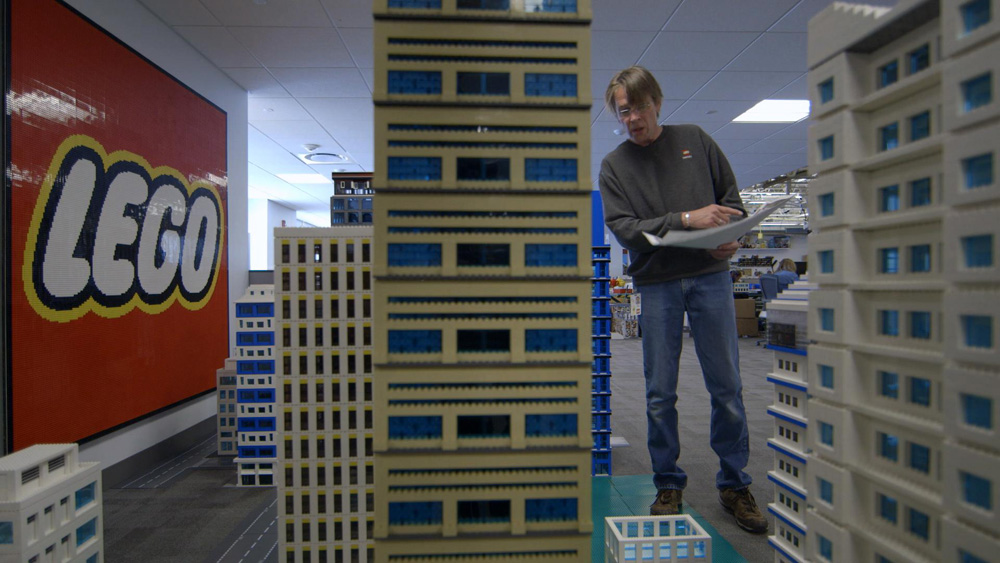More than any time in its 50-plus year history, we’re learning more about Legos than ever before, beginning with “The Lego Movie” earlier this year and now “A Lego Brickumentary,” a history of the Danish toymaker’s signature building block. According to the latter, this is no accident. After the company began stumbling financially at the last turn of the century, it was only when the tight-lipped company began to open themselves up to outside influencers such as die-hard fans of the product and unorthodox users such as architects and computer developers that they weathered the storm and actually flourished into a bigger brand than ever before.
Although “A Lego Brickumentary” often feels like a victory lap, it certainly is worthy of celebration on its own. While one can easily imagine the cheap tie-in that could’ve been produced to ride the coattails of “The Lego Movie,” recent Oscar winners Daniel Junge and Kief Davidson waste no time putting that concern to rest, though the two prove to be among those more likely to follow the instructions than going off book when it comes to the building blocks. Traveling around the world from America’s Pacific Northwest to China and the Czech Republic, the filmmakers interview Lego officials ranging from CEO Kjeld Kirk Kristiansen to designers such as Will Thorogood, company-employed master builders and accomplished amateurs including Seattle-based mom Alice Finch, Lego moviemakers from blockbuster directors Philip Lord and Chris Miller to YouTube sensation David Pagano, to famous fans like Dwight Howard and Ed Sheeran.

Yet Junge and Davidson’s real skill shows in how they balance the small, fascinating details about Legos and the people who use them while telling a broader story of this most unlikely beneficiary and symbol of the open source generation. More impressively, it’s one as engaging for kids as much as their parents. With incredible access, they get wonderful anecdotes, whether it’s Jamie Berard, an Adult Fan Of Lego (an AFOL, as such amateurs are affectionately called in the community) who is recruited by Lego to work for the company after his inventive designs are discovered at a convention, or “South Park” co-creator Trey Parker recalling how the rigidity of Legos became a place of solace during the show’s creatively taxing first few seasons.
Perhaps not enough attention is paid to the impact of licensing on the company’s recent success, despite the fact the building of a full-scale “Star Wars” X-Wing project to be unveiled in Times Square serves as a centerpiece for the film. But you can’t blame the filmmakers for letting business take a backseat to the more visually compelling narrative of the ability of Legos to transcend language and culture, with millions around the world individually and collectively constructing something well beyond anything its creators could’ve imagined. That you could say the same to describe the film makes it the biography the legendary building block deserves.
“A Lego Brickumentary” will be released in theaters and on demand on July 31st.





Comments 1